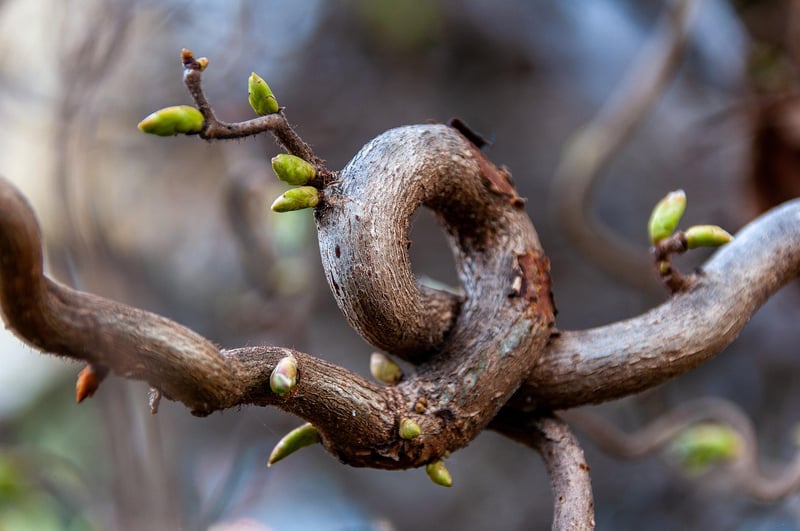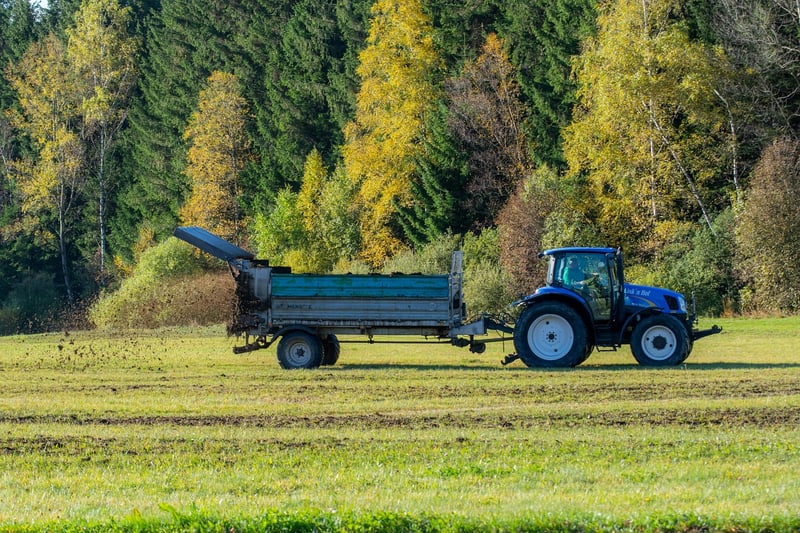Fertilizing Guide
Tips for Healthy Plants + Fertilizing Guide
Introduction
Keeping your plants healthy and thriving involves more than just water and sunlight. In this guide, we'll explore essential tips for maintaining healthy plants and provide a comprehensive fertilizing guide to help your green friends flourish.
1. Choose the Right Plants
Start by selecting plants that are well-suited to your environment. Consider factors such as sunlight, temperature, and humidity requirements to ensure your plants have the best chance of thriving.
2. Proper Watering
Overwatering or underwatering can be detrimental to plant health. Research the specific watering needs of each plant and create a watering schedule to prevent issues like root rot or dehydration.
3. Adequate Sunlight
Most plants require sunlight to photosynthesize and grow. Be mindful of the sunlight requirements of your plants and place them in locations where they can receive adequate light.
4. Pruning and Maintenance
Regular pruning helps promote healthy growth and prevents disease. Remove dead or yellowing leaves, trim overgrown branches, and ensure proper airflow around your plants.
5. Pest Control
Monitor your plants for signs of pests and diseases. Use natural or chemical treatments to keep pests at bay and protect your plants from infestations.
6. Fertilizing Guide
Proper fertilization provides essential nutrients for plant growth. Here's a basic guide to fertilizing your plants:
a. Choose the Right Fertilizer
There are various types of fertilizers available, including organic and synthetic options. Select a fertilizer based on your plant's specific needs and growth stage.
b. Follow Instructions
Read the instructions on the fertilizer packaging carefully. Avoid over-fertilizing, as this can harm your plants. Follow the recommended dosage and application frequency.
c. Timing
Fertilize your plants during their active growing season for the best results. Typically, this is in the spring and summer months when plants are actively growing.
d. Application Methods
Apply fertilizer evenly around the base of the plant or follow specific instructions for application on leaves or roots. Water your plants after fertilizing to help nutrients penetrate the soil.
Conclusion
By following these tips for healthy plants and our fertilizing guide, you can create an optimal environment for your plants to thrive. Remember to pay attention to your plants' individual needs and make adjustments as necessary to ensure their continued health and growth.


